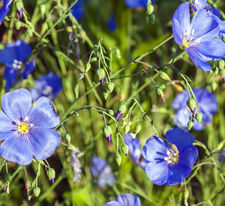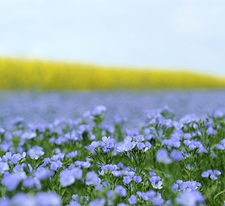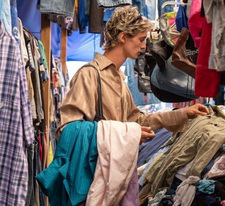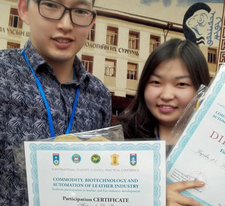Russian flax
Within the framework of the Russian Investment Forum, which was held in Sochi in February 2018, a session "Renovation of the linen complex of Russia" was held, during which the Deputy Minister of Industry and Trade of the Russian Federation Viktor Yevtukhov reported the data of the world market of flax products. Now this market is estimated at $2.2 billion per year, the share of Russia in this market is only 0.5%, Belarus is 3.5%.
The Deputy Minister stressed the need not just to own raw materials, but to receive income from it, increasing the degree of its processing, expanding the product range and developing waste-free production.

In the world, 14 countries are engaged in the cultivation of flax, according to the FAO (Food and Agriculture Organization of the United Nations). The area of culture in them exceeds 0.3 million hectares. The annual production volume of flax fiber is about 0.35 million tons. The main centers of spinning flax cultivation are countries such as France, Russia, Belarus, China and the Netherlands.
In Russia, flax is the most important technical crop that is maximally adapted to soil and climatic conditions. Until the 80s of the last century, the country ranked first in the world in terms of gross flax fiber harvest and was one of the main suppliers of flax raw materials to Western European countries.
In pre-revolutionary Russia, flax production formed the basis of the agricultural economy of the Russian Non-Chernozem region. The main part of the linen production was located between St. Petersburg and Moscow, as well as in the Smolensk, Vologda, Yaroslavl and Kostroma provinces. At that time, Russia was the leader in the production and export of flax. The country accounted for 80% of the world's crops and 70% of flax harvests.
The situation began to change rapidly in the process of collectivization, when, against the background of mechanization of agricultural production, villagers began mass migration to cities. There were not enough workers. In the 1930s, 4 million people left villages for cities every year. Flax production fell not only in quantitative terms, but also in qualitative terms - the characteristics of the fiber produced were getting worse.

To prevent a complete collapse in the post-war years, the USSR government actively sought ways to transfer production to the Ukrainian and Belarusian SSR, where the lack of hands in agriculture was felt less.
However, in the second half of the twentieth century, flax continued to lose ground, now due to outdated technologies. In this regard, in the 70s, it was decided to invest in the modernization of linen production. But, even being mechanized, it required a large number of labor resources, the lack of which in rural areas of the Non-Chernozem region was felt especially acutely. Very light raw materials were lost during transportation if the distance from collective farms to flax mills was large. Deliveries further than 60 kilometers were simply economically unprofitable at the purchase prices that existed in the USSR. And due to the peculiarities of the planned economy, they could not grow. As a result, many collective farms and state farms were forced to reduce flax crops that had already significantly decreased since the time of collectivization. By the early 1980s, 150 thousand tons of flax were collected annually on average in the RSFSR. For comparison, in pre-revolutionary Russia at the beginning of the twentieth century, this figure was twice as large.
To be continued.
Text: Svetlana Michan
Photo: shutterstock











